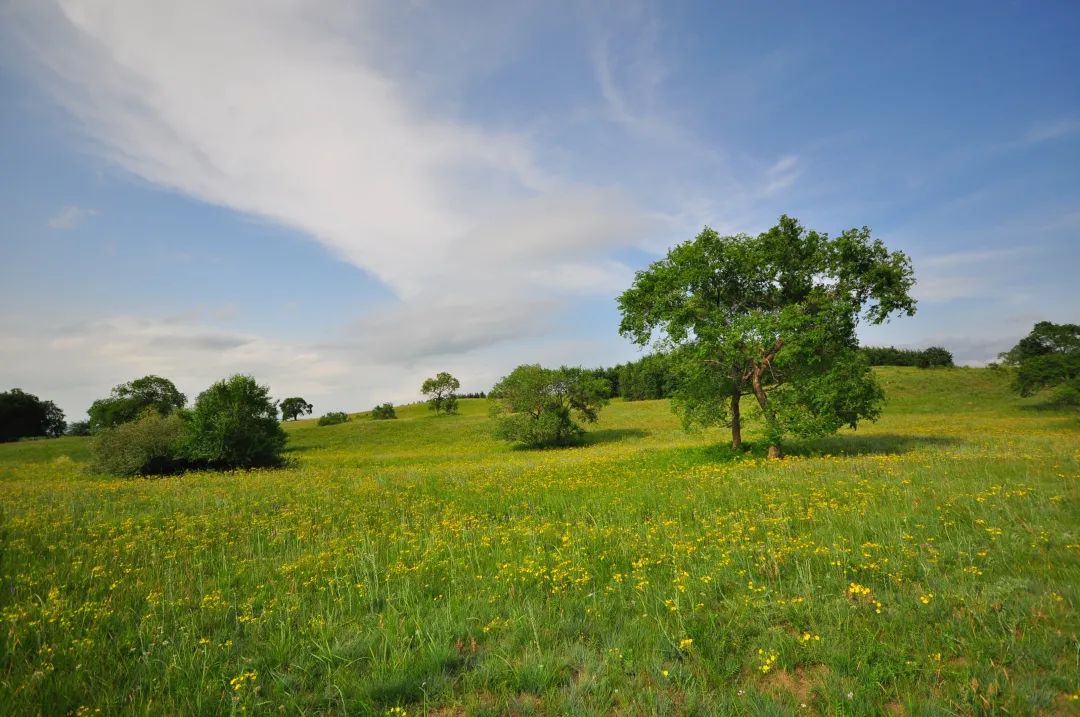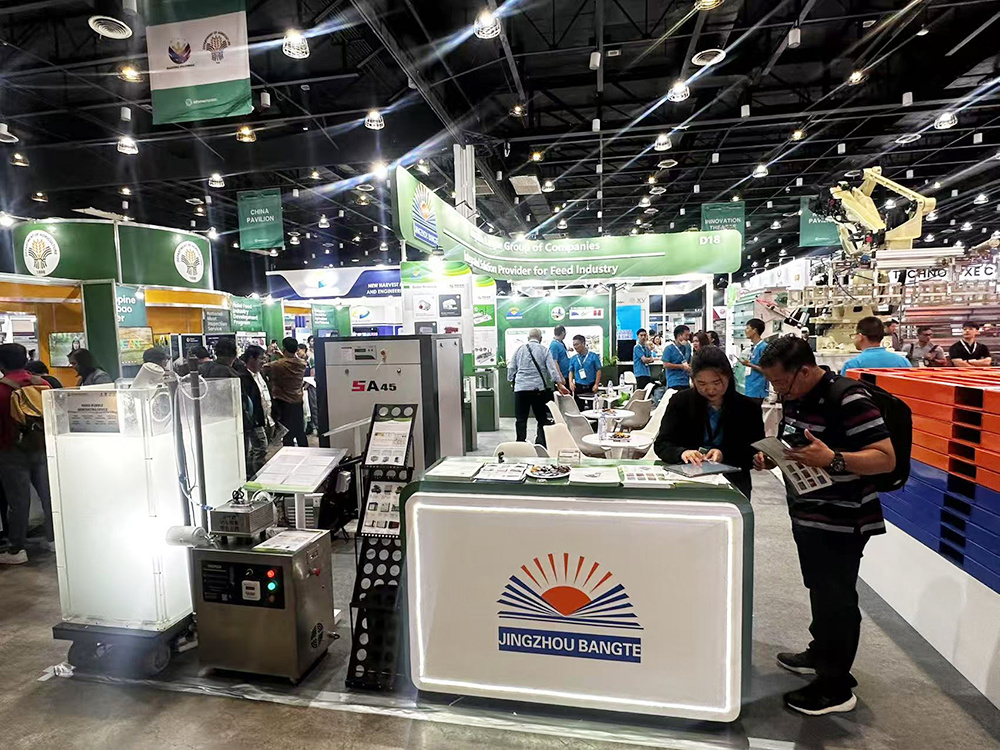Inner Mongolia to promote water ecological environment protection in the watersheds of the five key watersheds to make plans for water ecological environment protection
Inner Mongolia Autonomous Region Government Information Office recently held a press conference on the “Inner Mongolia Autonomous Region” fourteen five “key river basin water ecological environment protection plan” (hereinafter referred to as “Planning”) for policy interpretation.

The Plan makes clear the scientific connotation of “mountains, water, forests, lakes, lakes, grasses and sand is a community of life”, highlights the characteristics of five key watersheds in Inner Mongolia, namely the Yellow River, the Songhua River, the West Liao River, the Hai River and the Northwest Rivers, focuses on the quality of water ecosystems of key watersheds, adheres to the reduction of pollution and the expansion of ecological capacity, and reduces the synergies between the reduction of pollution and the reduction of carbon emissions. In order to prevent and control water pollution, we will fight the battle against water pollution in depth.

Planning” puts forward, ‘14th Five-Year Plan’ period, Inner Mongolia Yellow River, Songhua River, West Liaohe, Haihe and Northwest Rivers and other key watersheds of the water ecosystem quality continues to improve, the total amount of major water pollutants continue to reduce the total discharge of water ecosystem environmental governance system and governance capacity modernization level significantly improved, ‘ three water’ integrated promotion pattern basically formed, water ecosystem stability and service function has been significantly strengthened, beautiful river and lake construction and protection of the initial results. Three waters” to promote the pattern of integration is basically formed, the stability of water ecosystems and service functions have been significantly enhanced, the beautiful river and lake construction and protection of the first results.
The Plan makes it clear that the water ecosystem zoning control of “watersheds - water functional areas - control units - administrative areas” is sound, and the implementation of “water bodies - river outfalls - sewage outfalls - sewage pipelines” will be carried out. Outfalls - sewage pipelines - pollution sources” whole chain management, to promote the key watershed multi-factor integrated system protection and governance, around the reduction of pollution and carbon synergies to build a new pattern of water ecological environment protection in key watersheds.




